#PKK
Explore tagged Tumblr posts
Text

Kurdish PKK guerilla at the Newroz celebration in Qandil, March 23, 2014
215 notes
·
View notes
Text
March 21, 2025 - PKK guerrillas celebrate Newroz in Kurdistan. [video]
59 notes
·
View notes
Photo

kurdish pkk fighters training in a camp in the bekaa valley, lebanon, 1991 by ed kashi
54 notes
·
View notes
Text
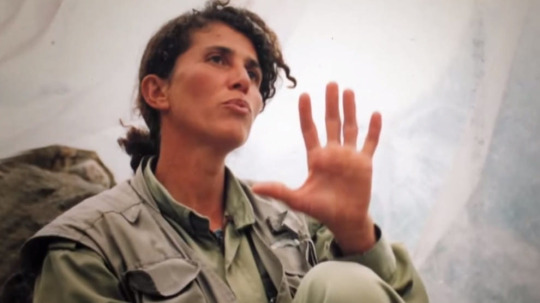
"Sara" Sakine Cansiz 1958-2013
Revolutionary and co-founder of the PKK, the political and military movement for Kurdish liberation.
"the excitement of entering the movement as a young woman--and discovering quickly that she would have to challenge traditional gender roles as she rose among its ranks. And she succeeded: total gender equality is now one of the central tenets of the PKK."
She wrote 2 memoirs about her activist youth and when she was in prison.
She was sadly assassinated by the ethnoreligious fascists in Turkey in 2013.
She survived 40 years of political involvement in a nation that didn't want her to exist.
152 notes
·
View notes
Text
Kurdish militants have declared a ceasefire in their 40-year conflict with Turkey, two days after their imprisoned leader called for the group to disarm. The statement from the Kurdistan Workers' Party (PKK) was published on Saturday by the Firat News Agency, a media outlet which is close to the group. Referring to its leader Abdullah Ocalan, who has been in prison for almost three decades, the group said: "We declare a ceasefire effective today to pave the way for the implementation of Leader Apo's call for peace and democratic society.
Continue Reading.
16 notes
·
View notes
Text

Supporters of pro-Kurdish Peoples' Equality and Democracy Party (DEM Party) display flags with a portrait of jailed Kurdistan Workers Party (PKK) leader Abdullah Ocalan, during a rally to celebrate Nowruz, which marks the arrival of spring, in Istanbul, Turkey, March 17, 2024.
(Photo Credit: Umit Bekta)
17 notes
·
View notes
Text
A Letter To The Comrades In The SDF
My message, to the various groups of the SDF, who are as varied as life in the sea. To those who said you would stand up, and defend and get justice for the people of the coast. Will you comply with this treaty? Can you morally do that? Now with this treaty that the American Fascist Trump put on you, you will be allies with the same terrorists who helped kill your families years ago. The same terrorists who killed hundreds of innocent people in the coast. And will be forced to by proxy be allies with the fascist Turkish government that seeks the total annihilation of the Kurdish, Armenian, and Alawite peoples. This treaty in one signature signs away all you have fought. It signs away your dignity as humans to defend the revolutions you made, it signs away your dignity as humans to defend your homes, families, and people you swore to protect. It signs away the women's revolution of the YPG and others, it is very clear that this treaty in all terms was unacceptable. To collude with the enemy in this way should have been unthinkable. Yet your leaders signed it because they would rather listen to the fascists in DC rather than you. It wasn't unthinkable in fact to them it was acceptable and I am sure the rewards to your leaders will be bountiful as all you fought for is taken away. So to you who sacrificed everything, for years in fighting to define all that you love, do not let your so-called leaders sign it over to the enemy terrorist government in Damascus. Do not let them sign away all you worked for, all you fought for, all your comrades, your brothers and sisters died for. This is not the time to stand for peace when the enemy has guns to the heads of countless innocents! Now is the time to stand up for justice, for the innocent civilians who can't stand up for themselves. Stand there are the shield against the terrorist, fascist and now that it has been seen to be Trump's aim to disarm you to help the terrorist. Stand as a shield against the imperialists in Washington DC and Tel Aviv.
The most revolutionary endeavor is the hope for justice and peace, the offer made and the treaty signed today was not made in consideration of either. So to the comrades I address here do not stand for it. This is selling all the principles you have and all that you have left.
#anarchism#anarchocommunism#leftism#marxism#communism#palestine#apartheid#free palestine#syria#سوريا syria#sdf#kurdistan#kurdish#ypg#ultraleft#rojava#pkk
6 notes
·
View notes
Text
Ne görüyoruz?
18 notes
·
View notes
Text

6 notes
·
View notes
Text
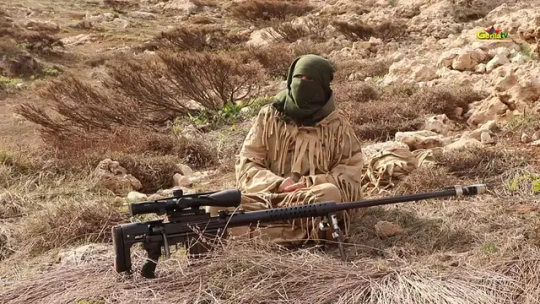
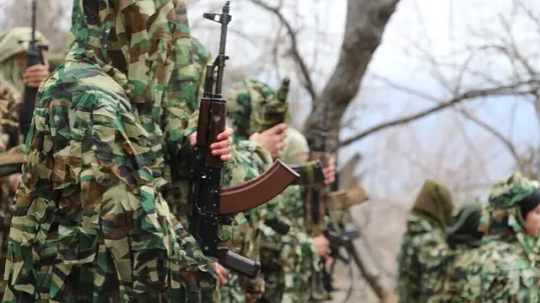
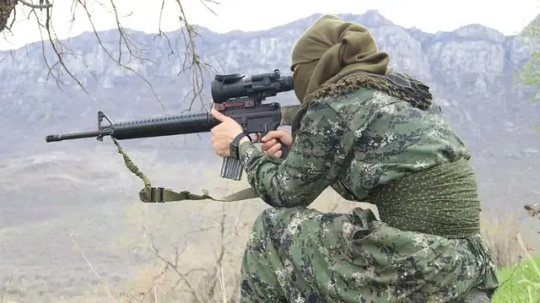
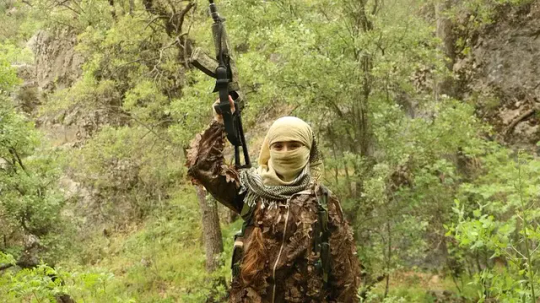
Kurdistan Workers Party (PKK)
Military wing known as The People's Defence Forces (HPG)
(Kurdish: Hêzên Parastina Gel, HPG)
132 notes
·
View notes
Text
July 10, 2024 - PKK guerrillas shot down a Turkish military helicopter in the Zap region of Kurdistan. [video]
#kurdistan#resistance#guerrilla#guerrilla war#war#helicopter#türkiye#occupaton#propaganda#video#2024#PKK#Partiya Karkerên Kurdistanê
62 notes
·
View notes
Text
Türkiye: Use Call to Halt Violence as Catalyst to End Rights Abuses
End Misuse of Terrorism Charges, Arbitrary Detentions

(Istanbul) – The landmark call on February 27, 2025, to end a decades-long armed insurgency against the Turkish state should be a catalyst to end its abusive use of terrorism charges to criminalize and silence government critics including politicians, journalists, lawyers, and activists.
Against the backdrop of the call by Abdullah Öcalan, the jailed leader of the Kurdistan Workers’ Party (PKK), for the group to lay down arms and disband, thousands of people remain arbitrarily detained or on trial for alleged PKK links on the basis of their legal and nonviolent activities. Among them are politicians Selahattin Demirtaş and Figen Yüksekdağ, jailed for over eight years despite European Court of Human Rights rulings calling for their immediate release.
“The Erdoğan government should seize the moment of this landmark call to correct course and as a first step drop unfounded criminal charges against those accused of PKK links simply for exercising their rights to free speech, association, and other lawful activities,” said Hugh Williamson, Europe and Central Asia director at Human Rights Watch. “The government should review all convictions under the same charges and embark on reforms to end the misuse of criminal law and detention of government critics.”
The widespread misuse of terrorism charges, accusing people of links with the PKK, has been the source of serious and pervasive violations of human rights in Türkiye for many years, as documented in numerous reports by Human Rights Watch. Abuses include criminalization of protest and abusive prosecutions of Kurdish politicians, among them elected mayors, lawyers, journalists, and others. The European Court of Human Rights has repeatedly found that Turkish authorities have violated the rights of people convicted for PKK links on the basis of protests, speeches, and other nonviolent activities.
3 notes
·
View notes



